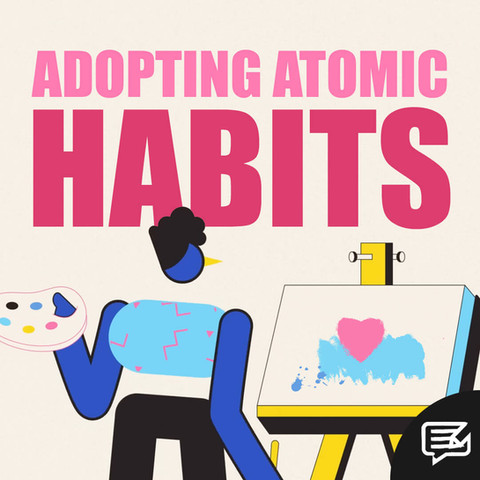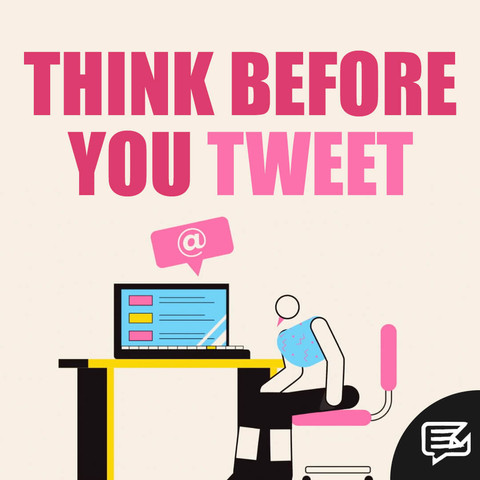
10.05.22
VR IN THE MILITARY
When you think of virtual reality combat simulations, I expect you’ll picture video games. A fully immersive version of Call of Duty, perhaps? Solitary folk in their high-backed chairs barking orders from beneath their VR headsets?
But we’re not talking fun and games here. We’re talking about the Royal Navy’s cutting-edge training programme.



In January 2021, Wired published a behind-the-scenes article exploring the Navy’s futuristic training centre. It begins:
“It’s 2.00am over the icy North Sea and the Merlin Mk2 crew are in desperate straits. The aircraft is fast running out of fuel above the treacherous waters. They have two options: either land the helicopter back on the ship deck as it rolls among the violent sea, or plummet into the icy depths. With next-to-no-visibility and seconds ticking away, the crew has little choice but to hand their lives over to the pilot and pray they make it home.”
And I thought my job was stressful! Thankfully, it’s just a simulation:
“At the Royal Naval Air Stations of Culdrose and Yeovilton, this is the sort of scenario played out on repeat for crew members. Rather than ship decks and ocean waters, students are honing their abilities in virtual reality, within futuristic moving domes controlled by their instructors. Life-and-death situations from engine failure to bad weather are all reproduced with photo-realistic effects.”
It’s state-of-the-art stuff, and they’re just getting starting. At RNAS Culdrose, they are also utilising VR to train winchmen in otherwise impossible-to-recreate scenarios.
Paul McBride, a VR developer for the programme, told Wired that he believes “the future of Navy training will include 60 students wearing VR headsets, being taught by an instructor appearing as an avatar in an aircraft carrier-sized hangar in real time.”
It goes to show how virtual reality has advanced in recent years. It is no longer a gimmick, but an invaluable teaching tool with endless possibilities. Perhaps nervous drivers could get some virtual miles on the clock ahead of their driving test, lifeboat crews could play out complicated rescue scenarios, and medical students could practise their stitches.
Where flying is concerned, VR may soon have the edge over traditional flight training. Danish company, VR Pilot, explain:
“The overall advantage of using VR is the feeling of 'being there' or immersion. The level of immersion is determined by the sophistication level of the VR setup. An immersive VR experience requires a high screen frame rate, high resolution displays, a low system latency and sophisticated graphics. The immersion level may be increased by adding 3D audio (binaural audio), controllers for interaction and haptic (touch) feedback. If the VR experience is realistic enough, the user’s mind can be tricked into believing the virtual world is real.”
I’ve seen enough videos of VR users diving head first into their TV screens to convince me that minds can, indeed, be tricked.
VR Pilot point to Edgar Dale’s Cone of Experience as another reason why “doing” is so important. According to Dale’s research, people generally remember only 10% of what they read, but 90% of what they do as they perform a task. Their article continues:
“One of the most important aspects of learning is knowledge retention – the ability to remember what you learn. This is especially true for flight crew, who must memorize dozens of checklists, rules and procedures. Studies have shown that VR-assisted learning has the potential of improving knowledge retention by up to 400%, adding value to the time spent studying. Better knowledge retention means less retraining and in the end, better pilots who remember the emergency checklist better thanks to VR-assisted learning.”
Another core area of flight training pertains to depth perception. Thankfully, VR is on hand to help in that regard too…
“[The ability to judge distances] is difficult to train in traditional simulators, where there is no depth perception. This is because the screen, onto which the outside world is projected, is placed at a fixed distance from the eyes of the student pilot, and every object projected onto the screens would appear to be at the same distance from the pilot – whether it’s the runway 5 meters from the pilot or a tower 5 kilometers from the pilot.
“Virtual Reality goggles offer stereoscopic screens that present two slightly different images of the same scene. This gives the sense of depth and distance in the same way we are able to judge distance with our natural, stereoscopic vision – i.e. our two eyes. Thus, VR is able to accurately and intuitively represent distances in a flight simulation where this aspect is crucial, e.g. when practicing [sic] landings where the altitude above the runway in the flare is important to judge correctly, or hovering a helicopter half a meter above the tarmac.”
But the use cases for virtual reality in the military aren’t limited to environmental experiences and vehicle simulations. It is also used to treat post-traumatic stress disorder (PTSD).
In 2019, the BBC published an article centred on RAF veteran, Matt Neve. Along with 41 other veterans, Neve took part in a two-year study conducted by the University of Cardiff and Vale University Health Board (CVUHB) – a first of its kind in the UK.
The treatment, known as 3MDR (Modular Motion-assisted Memory Desensitization and Reconsolidation), was led by Professor Jon Bisson.
Two thirds of those who took part in the trial saw an average improvement in their symptoms of 37%. Neve told the BBC that 3DMR had had the “biggest impact” on his life since he started treatment.
Of the treatment programme, The Traumatic Stress Research Group wrote:
“3MDR is a new treatment, developed in The Netherlands, that incorporates key elements of successful treatments such as Virtual Reality Exposure (VRE) and Eye Movement Desensitization Reprocessing (EMDR) and adds motion through walking on a treadmill. Exposure to self-selected images of deployment, enhanced with walking, music and emotion-provoking pictures, aims to eliminate avoidance during exposure and promote presence.
“Participants walk a repetitive cycle whilst talking and viewing their images. This is an important distinction between 3MDR and traditional trauma focused techniques as patients learn to move through their avoidance and face their fears by, literally, approaching their traumatic memories. The treatment uses the Motek Gait Real-time Analysis Interactive Lab (GRAIL) system with its dual-belt treadmill, motion-capture system and synchronized Virtual Reality (VR) environment, which comprises a 180° projection screen with 4 projectors and a surround sound system.”
The hope is the programme can be expanded to treat other PTSD patients in the future - not just military personnel - and as the technology improves, so too could the results. Virtual reality may just prove to be a real-world lifesaver.

























































